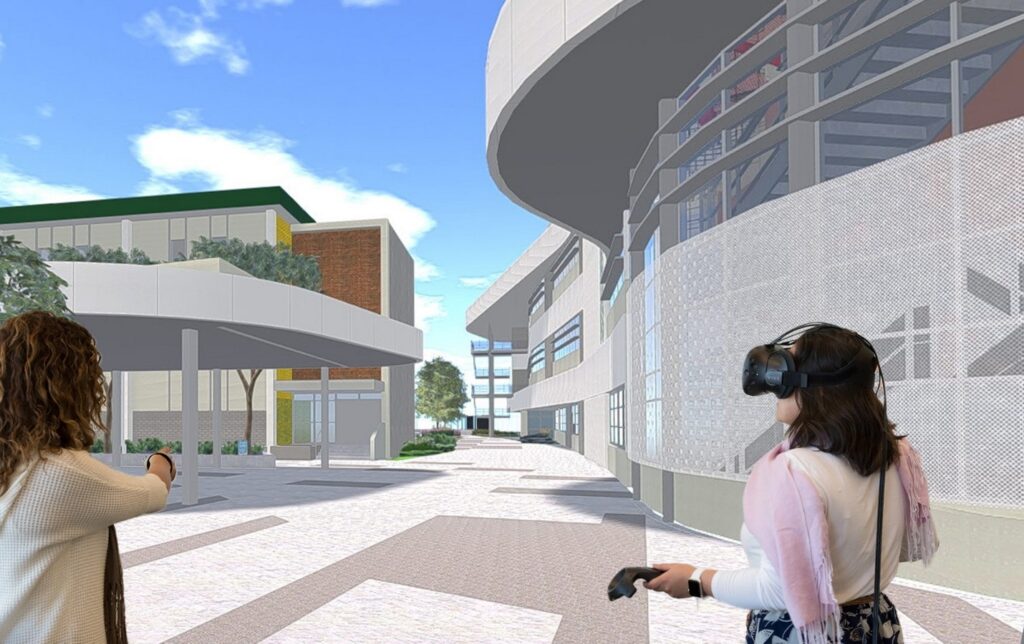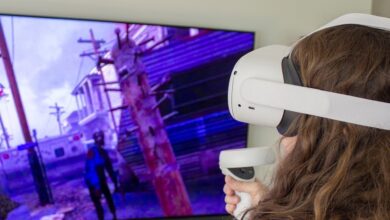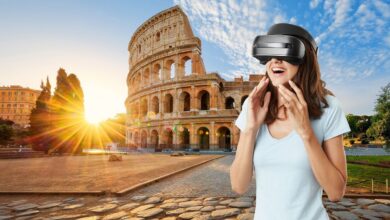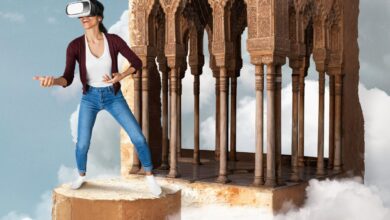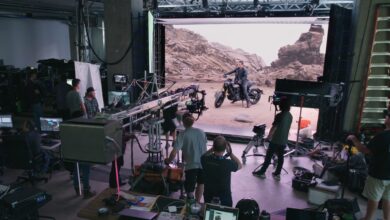Introduction
VR Architecture is a groundbreaking technology that integrates virtual reality into the architectural design process. It combines art, technology, and imagination, bringing an immersive experience to architects and clients. From its early conceptualization to its current use in various projects, VR architecture has significantly evolved, shaping how we visualize and create structures.
Understanding the Basics of VR
Virtual Reality is a digital environment that simulates physical presence in real or imagined worlds. In architecture, VR plays a crucial role in visualization, allowing architects and clients to experience a space before it’s built. The key components include headsets, software, and sensory input devices, creating a realistic and interactive experience.
The Evolution of Architectural Design through VR
Traditional architectural design processes are vastly different from those utilizing VR. VR technology has introduced new ways to visualize and modify designs in real time, marking a significant advancement in architectural technology.
Benefits of VR in Architecture
The adoption of VR in architecture offers numerous benefits. It enables enhanced visualization of projects, allowing clients to walk through their future homes or buildings. This technology fosters better client engagement and understanding, leading to more informed decisions. Furthermore, it streamlines the design process by accurately representing the final product.
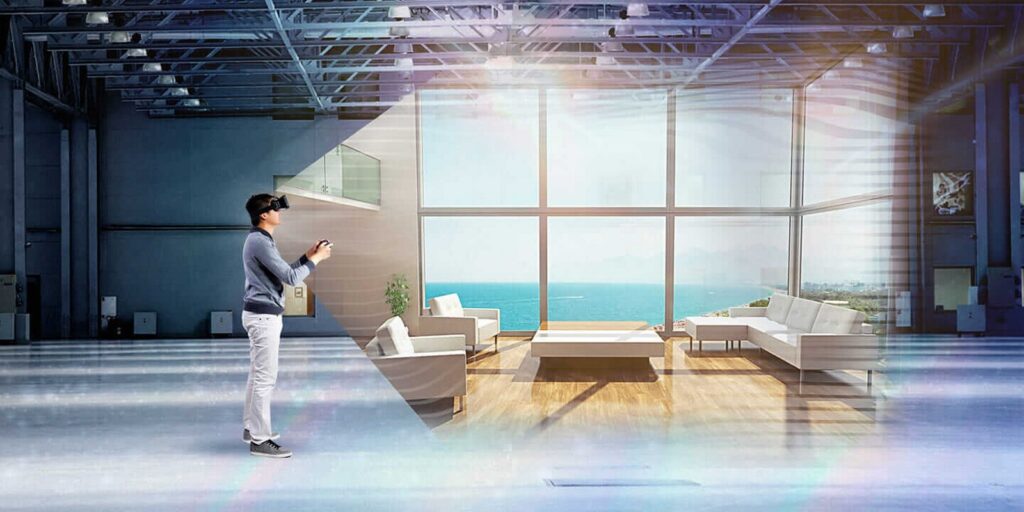
-
Case Studies: VR Transforming Architectural Projects
Various case studies illustrate the transformative power of VR in architecture. These include residential, commercial, and urban planning projects where VR has played a pivotal role in design and client interaction.
-
Integrating VR with Other Technologies
VR’s integration with AI, Augmented Reality, and BIM reshapes the architectural landscape. This synergy enhances the accuracy and efficiency of designs, providing a more holistic approach to architectural planning.
Challenges and Limitations
Despite its benefits, VR in architecture faces several challenges. Technical issues, accessibility, cost, and the learning curve for architects are significant hurdles that need addressing for broader adoption.
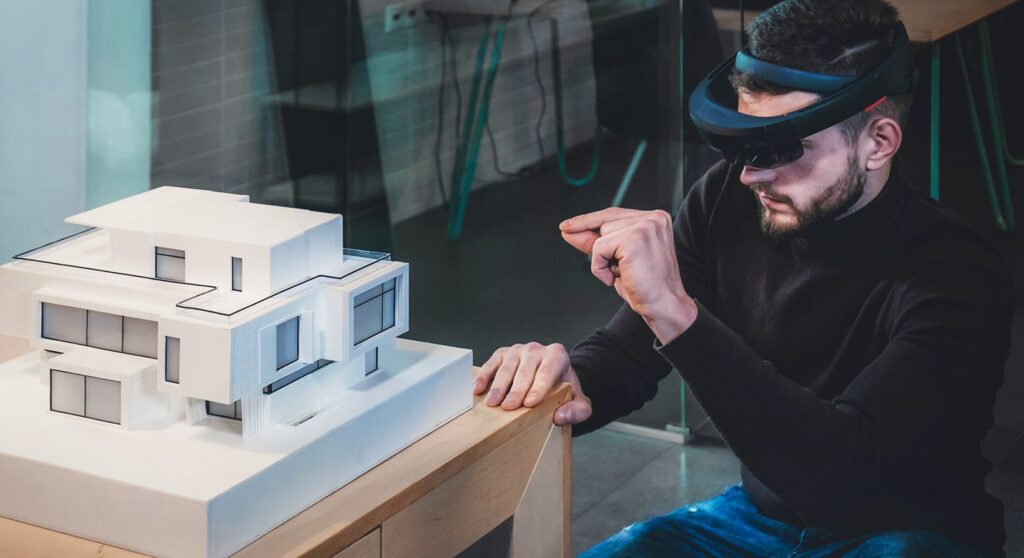
The Future of VR in Architecture
The future of VR in architecture is promising, with predictions pointing towards more sustainable and eco-friendly design approaches. The technology is expected to become more sophisticated, with enhanced capabilities and broader applications.
Conclusion
VR architecture represents a significant leap in how we design and experience spaces. It’s a tool that enhances the design process and bridges the gap between imagination and reality. As technology evolves, so will the possibilities in architectural design.
FAQs for VR Architecture
How does VR enhance the architectural design process?
VR enhances the design process by offering realistic visualizations, enabling clients and architects to experience and modify designs in real-time.
Can VR replace traditional architectural design methods?
While VR adds immense value, it is unlikely to completely replace traditional methods but rather will complement and enhance them.
What are the challenges faced in VR architecture?
Challenges include technical issues, accessibility, cost, and the learning curve for architects.
How can one start using VR in architectural design?
Starting with VR in architecture involves investing in the necessary hardware and software and training to effectively integrate VR into the design process.
Rate our Article (VR Architecture | A New Era of Immersive Design)How much do you like our Article?


